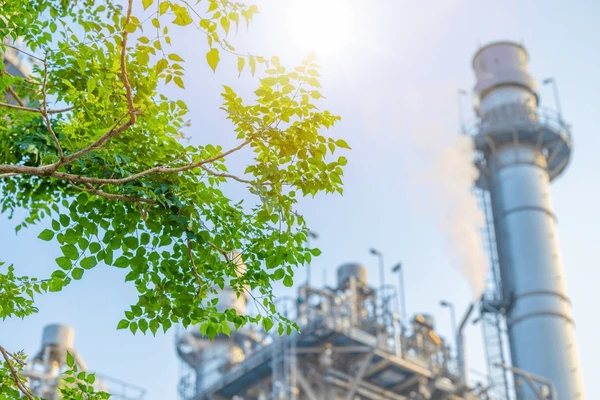Background:
A large industrial facility, operating a high-temperature coal-fired boiler system, faced significant challenges with particulate emissions from its bag filter system due to change of fuel from Coal to Biomass. The emissions were consistently measured at 100 mg/m³, which exceeded regulatory limits and created environmental compliance issues. The facility was required to reduce particulate emissions to meet stringent environmental standards, avoid fines, and improve its sustainability practices.
Problem Statement:
The facility’s boiler system was emitting particulate matter at a rate of 100 mg/m³, exceeding regulatory limits and creating environmental concerns. The Existing filter bags were no longer performing at optimal levels, especially in capturing fine dust particles under the high-temperature conditions of the boiler. The facility's goal was to reduce emissions to less than 50 mg/m³ or lower by switching to a more efficient filtration material




